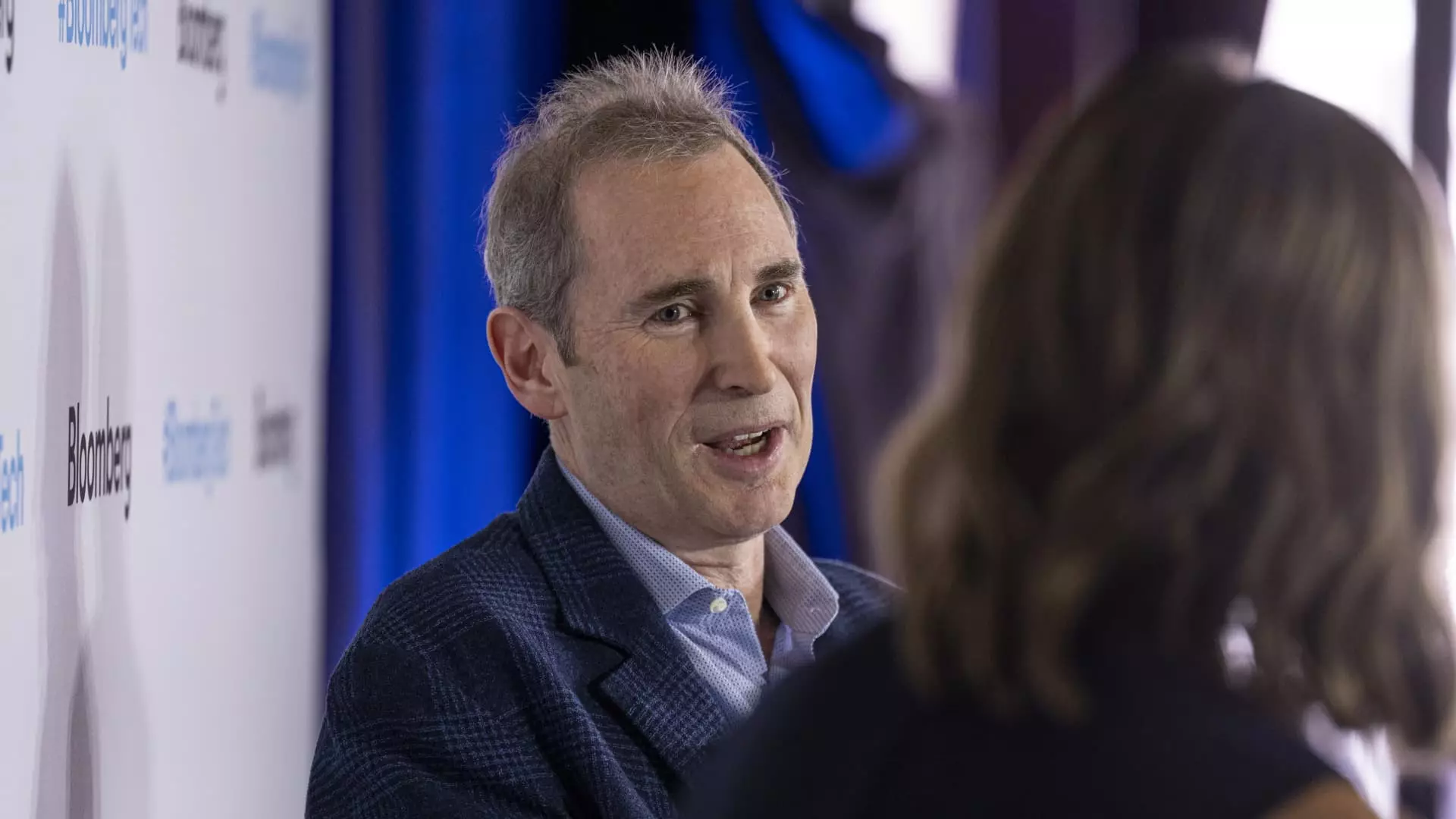As Amazon prepares to unveil its fourth-quarter earnings this Thursday after the market closes, industry analysts are meticulously analyzing the numbers. Expectations are set at an earnings per share (EPS) of $1.49 and revenue approximated at $187.3 billion, according to insights from LSEG. This earnings report marks a crucial point for the e-commerce giant, reflecting its performance during one of the busiest shopping seasons— the holiday period. Alongside revenue and earnings, stakeholders are closely watching particular segments within Amazon’s empire, notably Amazon Web Services (AWS) and advertising revenue. Analysts forecast AWS revenue to reach $28.8 billion and advertising revenue around $17.4 billion.
The significance of this quarter is underscored by projected revenue growth of around 10%. This figure is buoyed by a robust holiday shopping season that saw online spending swell nearly 9%, reaching $241.1 billion from retailers’ websites, as reported by Adobe Analytics. This is an optimistic deviation from earlier forecasts, suggesting consumer spending may have outpaced initial expectations.
A key driver of Amazon’s anticipated operating income growth—forecasted at 44% year-over-year, reaching approximately $19 billion—can be attributed to the cost-cutting measures implemented by CEO Andy Jassy since late 2022. With a significant workforce reduction of more than 27,000 employees in 2022 and 2023 and additional cuts extending into 2024, these strategies have evidently been a focal point for the company. By streamlining operational expenses and pruning experimental ventures that have not turned profitable, Amazon is in a stronger position as it heads into this earnings update.
Despite these layoffs, an important aspect remains: how consumer behavior has shifted in light of economic fluctuations. The ongoing efforts to enhance operational efficiency hint at Amazon’s strategic pivot in response to changing market conditions while preparing for potential future economic uncertainties.
As part of the broader narrative, Wall Street analysts are keenly attuned to how external factors, such as geopolitical developments including President Trump’s tariffs, may influence Amazon’s business operations. The company’s first-party retail segment has the highest vulnerability to these tariffs, with reports suggesting that approximately 25% of its first-party products are sourced directly from China. This poses fundamental questions regarding import tax implications that could ripple through pricing strategies for various products.
Interestingly, Amazon’s pivot towards third-party sellers—now comprising 60% of products sold on the platform—offers a buffer against such tariffs. However, the company recently launched a new venture, Haul, to compete in the low-cost retail arena. This initiative may have implications concerning the “de minimis” trade exemption, which has allowed direct-from-China merchandise to circumvent certain duties on lower-value items, a loophole that could effectively close with changes in tariff policy.
Another critical facet shaping Amazon’s strategic landscape is its substantial investment in artificial intelligence. The company is reportedly planning to allocate around $75 billion for capital expenditures in 2024, an amount expected to increase in 2025, predominantly driven by AI initiatives. The tech world is abuzz with AI advancements, with the recent emergence of Chinese startup DeepSeek’s AI model nudging many to reconsider the financial dynamics of developing competitive AI technologies.
In response, Amazon has been quick to innovate within this realm, recently unveiling AI products and services, including its AI chatbot for shopping, Rufus, and the nova set of AI models. The planned upgrades to its Alexa digital assistant underscore the company’s intent to maintain a strong foothold in the rapidly evolving tech landscape. However, challenges remain; reports suggest that technical hurdles may delay the rollout of Alexa’s revamped version, highlighting the complexities involved in merging innovation with operational efficiency.
As investors and analysts await Amazon’s earnings report, the company’s robust strategies in navigating both internal and external challenges will likely draw substantial scrutiny. The balance of leveraging cost-cutting measures alongside investment in new technologies presents a dual narrative—one reflective of adaptability in a volatile economic climate and a commitment to future growth. As consumer sentiment continues to evolve in a shifting economic landscape, the insights garnered from Amazon’s upcoming report may not only forecast future performance but also provide significant indicators on how the retail giant plans to redefine its operational goals amid changing market dynamics.

